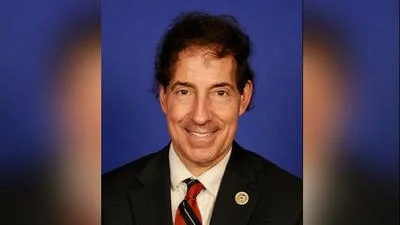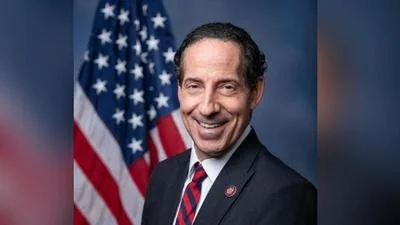Dr. Manish Khanna | Capitol Breathe Free
Dr. Manish Khanna | Capitol Breathe Free
- Eustachian tubes are slender tubes connecting the middle ears to the upper throat.
- They play a role in balancing ear pressure and draining fluid from the middle ear, which is situated behind the eardrum.
- If you're suffering from ear troubles, it could be a result of eustachian tube dysfunction, caused by sinusitis.
"The eustachian tube is a tube like a structure that connects the middle ear to the back of our nasal passages," Dr. Khanna told Montgomery News. "The eustachian tube has a few functions: one is to help equalize the pressure in our middle years; another function is to help drain the middle ear if there's fluid or mucus secretions within our middle ear. A properly functioning eustachian tube can help prevent that buildup and allow things to drain properly. When the eustachian tube gets inflamed, it doesn't function as well, so it can lead to increased pressure feeling in the patient's ears and fluid buildup in their middle ears as well."
Eustachian tubes are narrow passages that can become obstructed for various reasons, according to Healthline. When these tubes are blocked, it can result in pain, hearing challenges, and a sensation of fullness in the ears, a condition known as eustachian tube dysfunction (ETD).
ETD can arise from allergies, a typical cold, influenza, or chronic acid reflux. Symptoms may intensify during altitude changes, such as on an airplane or during scuba diving, according to Cleveland Clinic. While ETD often resolves spontaneously, if symptoms persist for more than two weeks, seeking advice from a doctor is advisable. At-home remedies for addressing ETD may involve chewing gum, yawning, swallowing, or using a saline nasal spray.
Cleveland Clinic reported that in cases where at-home remedies or medications prove ineffective for addressing ETD, a physician may suggest an in office procedure. One available option is eustachian tuboplasty, also referred to as eustachian tube balloon dilation. This relatively recent procedure entails the insertion of a small balloon through the nasal passage into the eustachian tube, followed by inflation. The balloon is maintained in an inflated state for approximately two minutes before being deflated and removed by the doctor. Typically, patients recover from this surgery within one day or so.
According to Capitol Breathe Free's website, Dr. Khanna completed his undergraduate studies at the University of Maryland, Baltimore County. He dedicated the following year to postgraduate research at the National Institutes of Health (NIH), contributing to research initiatives and producing publications. In 2002, he earned his medical degree from Albany Medical College. Following this, he secured a position in the otolaryngology residency program at Albany Medical Center, where he successfully completed his surgical internship and residency. Dr. Khanna held the role of chief resident until 2007. After completing his residency, he pursued a fellowship in rhinology, specializing in advanced endoscopic sinus surgery, at the California Sinus Institute in Palo Alto, California. He completed his rhinology fellowship and achieved board certification in otolaryngology—head and neck surgery in 2008 before returning to the D.C. metro area.






 Alerts Sign-up
Alerts Sign-up